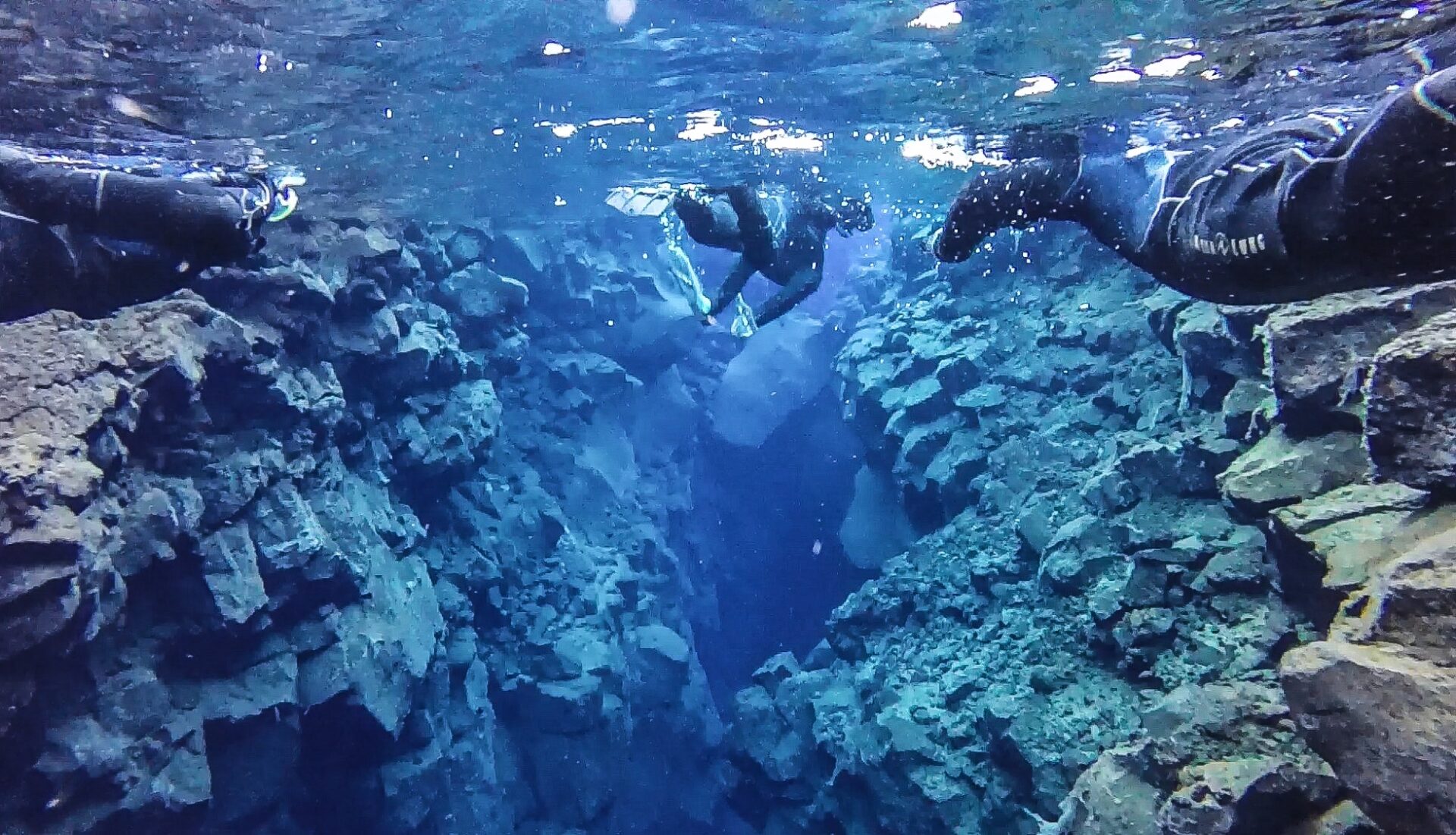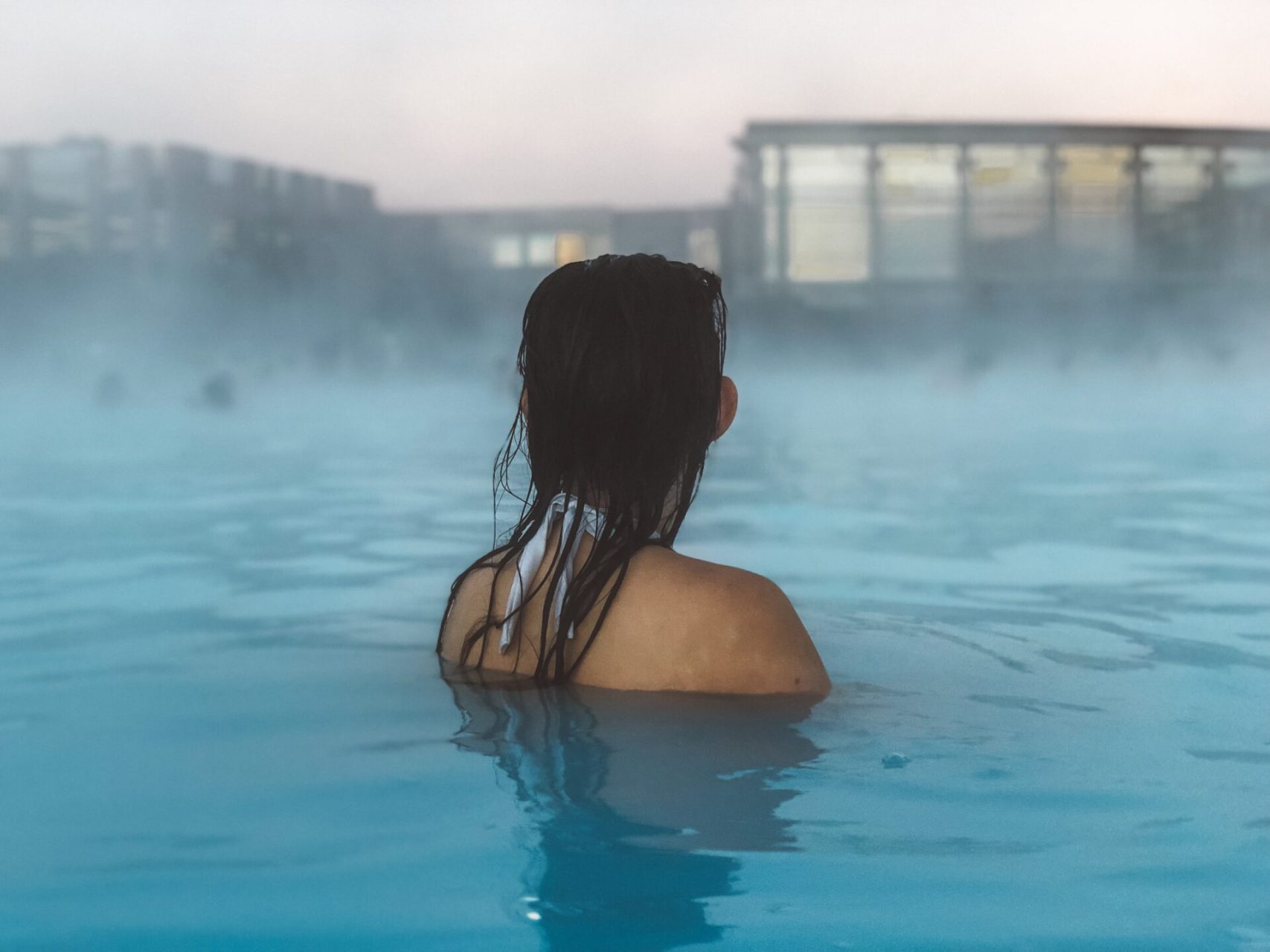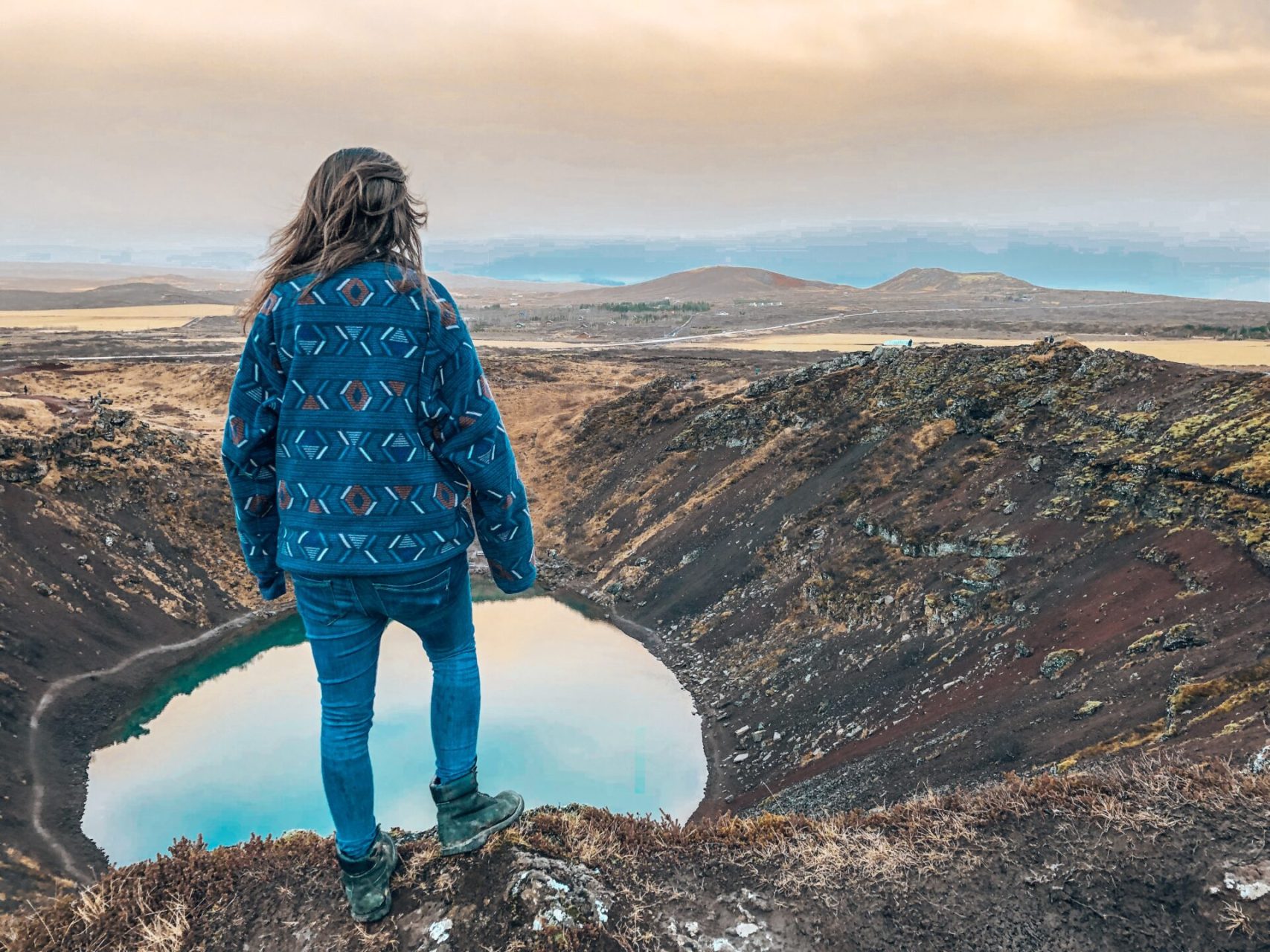Iceland’s harsh climate and isolated location make it an incredibly beautiful and unique country. This tiny island is home to stunning black sand beaches, massive waterfalls, enormous glaciers and debatably the most beautiful natural geothermal spring in the world.
However, one thing Iceland does not boast is a low cost of living, and that inevitably extends to the many tourists who visit. It’s easy to rack up a huge bill while travelling Iceland, and while it will never be as cheap of a destination as Southeast Asia (or probably even mainland Europe), here are 6 tips on how you can experience Iceland to the fullest while making the least impact on your wallet.
For our full Iceland Gallery, click here!

1. PLAN, PLAN, PLAN
Usually, I am a huge advocate for slow travel. I like to experience a country like the locals do, hang out and talk to people, and try to leave a portion of my time purposefully unplanned.
Iceland is not a great place to go unplanned.
With the high price of food, lodging and other daily essentials, it’s really important to pack your days in tightly to avoid stretching out your trip with downtime, and inevitably paying the costs that come along with it. To see most of Iceland’s main tourist attractions, you only need four to five days if you plan effectively.
2. EMBRACE THE VAN LIFE
Upon arriving in Reykjavik, backpackers are faced with countless choices of lodging. While Airbnbs and hostels may initially seem like the cheaper option, we found that the most cost-effective way was renting a camper van.
For one, if you rent in the low season (like we did), automatic vans cost as little as $108 USD/day with this company, with campsites ranging from $10USD to $15 USD (including hot and cold water and a surprisingly pristine bathroom/shower). Keep in mind that this will cover your accommodation, transportation, AND includes a kitchen with cooking supplies and spices so you won’t have eat out every day. These vans can comfortably sleep up to three people, so bring two friends along to cut costs further. Even if you’re not a huge camper, I guarantee that these vans will not make you feel like you’re “roughing it”. They come fully equipped with heating systems, pull out beds and kitchen supplies, and they’re relatively very easy to drive!
Another huge cost-cutter in camper vans is less intuitive: gas money. Gas is extremely expensive in Iceland, costing up to $3USD/Liter. By using a camper, you can dramatically cut this cost by decreasing travel time to and from sights, as you can often park at the base of huge tourist destinations such as Skogafoss and Glacier Lagoon. Not to mention, there are fewer cooler experiences in this world than climbing a massive waterfall at dawn to watch the sun rise, which is a world easier when you wake up right next to one.
 For just $15USD, you can camp at the base of Skógafoss (above), to enjoy the view before the crowds showed up.
For just $15USD, you can camp at the base of Skógafoss (above), to enjoy the view before the crowds showed up.
3. CONSIDER THE SEASON
Unless you are going to Iceland on a strictly northern-lights viewing mission, most people want to go to Iceland in the summer. The pro’s of the spring/summer seasons are obvious: it’s warmer, you get 16 hours of sunlight instead of 6…. Did I mention it was warmer? However, we took a risk and went during Thanksgiving weekend, and I would not have done it any other way.
The benefits of going in the off-season (in my opinion), far outweigh the cold weather and fewer hours of sunlight. We paid around $100USD/day for our camper van in late November, while renting the same van in June would cost more than $200USD/day, effortlessly cutting our accommodation price in half.
What’s more, Iceland is way less crowded in the fall and winter, so your sight-seeing experience will not be slowed by pesky traffic, long lines, and lack of parking and camping spots.
PLUS! It actually wasn’t that cold! Iceland’s southern coastal regions are relatively temperate, so while we could not travel the northern border because of extreme weather, we were able to drive the southern Ring Road from Reykjavik all the way to Glacier Lagoon without encountering any below-freezing temperatures.
The one real bummer of the off-season was the lack of sunlight. Instead of endless summer days, we were faced with a 10am sunrise and a 4pm sunset, so we had to pack our trip very tightly and spent more than a couple of hours driving through the dark on poorly-lit roads. However, on the bright side of this dark reality, you have a higher chance of seeing the northern lights with the increased dark hours.
Popular destinations such as the Glacier Lagoon (above), are much less crowded between the months of October and March.
4. BRING YOUR OWN FOOD
It may sound a bit extreme to pack your own food for an international trip, but hear me out on this one.
FOOD IN ICELAND IS EXPENSIVE!
With the exception of a few traditional dishes, Iceland imports almost all of its food from either mainland Europe or the USA. Because of this, food is extremely expensive across the island even if you do choose to shop at local markets and cook.
For reference, our one meal that we ate at a restaurant totaled more than $30USD per person for a very basic hamburger/fries combo with a draft beer. When we bought a few basic groceries (a pound of chicken, some tortilla chips), we paid over $40USD.
Knowing this, we decided to act like the frugal and resourceful ladies we are and stuffed our bags with a variety of non-perishable meals (ramen, canned chicken, tuna, jerky). Although we did attract a few strange glances from the TSA agents, we managed to get our food through the airport without any issue and saved a TON of money by eating 70% of our meals from the food we brought.
If you’re a big foodie, I would recommend choosing 1-2 good restaurants or meals you would like to try, paying for those, and packing the rest.
5. SPLURGE ON THE RIGHT THINGS
Iceland offers a few once-in-a-lifetime experience tours that will inevitably cost a bit of money. My advice for these is to just go for the tour…. But only if a tour is your only option.
Iceland is one of those places that you will probably only travel to once in your life, and even then only for a few days. You don’t want to leave the country feeling like you missed out on a bucket-list item, only to feel the need to return a few years later to go complete it (and end up spending way more money in the process).
Go ahead and pay the $90USD entrance fee to the Blue Lagoon or the $110USD to snorkel or dive the Silfra Fissure (below). LIVE YOUR DREAMS!
However, when it comes to other tours (Northern Lights tours, I’m looking at you) do your research to see if you can self-guide the experience before dropping the cash. It will probably be more fun anyways.
 Snorkeling the Silfra Fissure… definitely a worthwhile splurge.
Snorkeling the Silfra Fissure… definitely a worthwhile splurge.
6. FIGURE OUT TRANSPORTATION TO AND FROM THE AIRPORT
Full disclosure: we messed up on this one. Our camper van service offered a complimentary shuttle from the Keflavik Airport to their office in Reykjavík, where we set off on our journey, but did not offer a way back.
Reasoning that we had already saved a considerable amount of money in the ways listed above, we decided to splurge on a taxi from Reykjavík to the airport. BIG MISTAKE.
The taxi ended up costing over $150USD. For reference, we budgeted only $100USD-$200USD per day, and ended up spending less than that most days we were there. My advice is to be more patient than us, research bus options, and plan a flight in the afternoon to avoid limiting your options with a time crunch. Your wallet will thank you.



